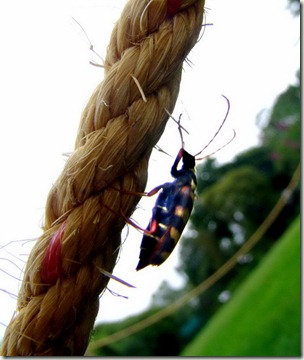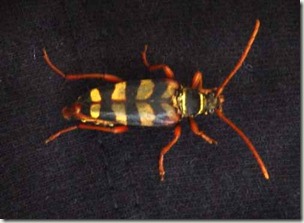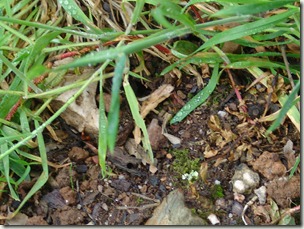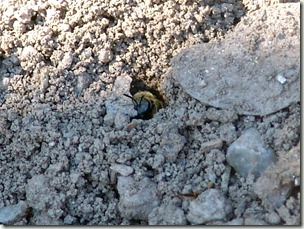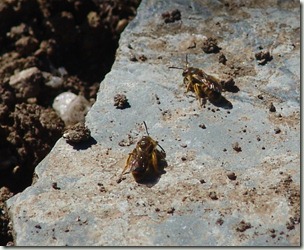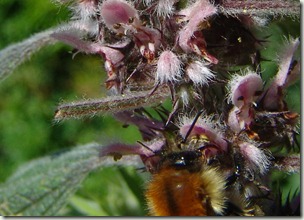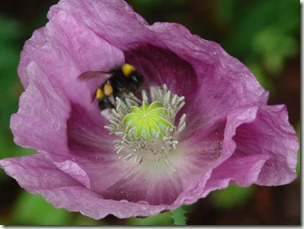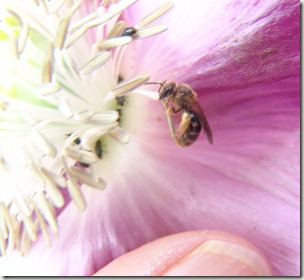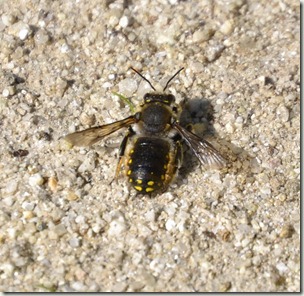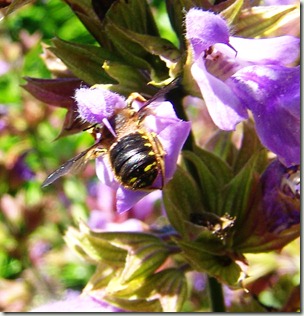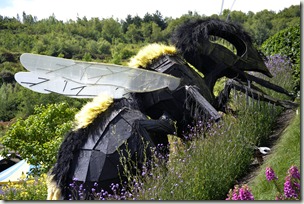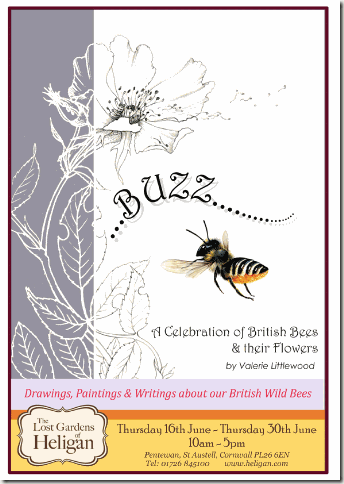The bees and I are back home now after a brilliant two weeks at the beautiful Lost Gardens of Heligan.
There are so many people to say “thank you” to, the staff, the visitors and of course the Gardens’ bees who performed beautifully, and unfailingly, every day for the 2.00 pm Bee Walk.
We would start the walk staring optimistically at a small hole in the ground in a nearby flowerbed.

The tension was palpable.. would there be any bees today???
But the wonderful little Red Tailed Bumble Bee workers never failed me and flew in and out of their underground nest on cue. The tiny mining bees endearingly popped in and out of their holes in the Melon Yard and sometimes rested obligingly on the nearby stones.


Garden Bumble Bees, Common Carder Bees, Buff Tailed Bumble Bees and White Tailed Bumble Bees were all over the foxgloves, woundwort, poppies, brambles and odd things like dianthus and geums.
Bumble bees were climbing into the huge snapdragons, the big flowers swallowing up the bees almost entirely. They were all engaging and delightful…

Common Carder Bees seemed to particularly like Motherwort Leonurus cardiaca.

I watched fascinated as a big bumblebee gathered together groups of poppy stamens and “buzzed” them to release the pollen.

Whereas this little bee could only jump on one stamen and sway up and down. Very comical
. 
Early one morning I found a little Bombus worker nectar robbing the pineapple sage flower.
I was able to show the holes at the base of the flowers to, sometimes, disbelieving visitors. Amongst the star performers were the very beautiful Anthidium manicatum bees, the Wool Carder Bee. Males were patrolling a patch of woundwort and fighting in a quite spectacular way while the females just got on with their lives.

This male at last took a break, the spikes on the end of his abdomen are quite awesome. He has cream hairs on his legs and the hairs on his body give him a halo of creamy white. A closer look shows the yellow spots and markings on the abdomen which vary from species to species and between male and female.

The smaller female with her head in a flower. I was wondering where the females were getting the fibers for their nests but the Latin name for woundwort is Stachys sylvatica (Hedge Woundwort) which must be a relative of their favourite plant which we commonly know as Lambs Ears Stachys byzantina The woundwort leaves have more bristly hairs but are certainly hairy enough I guess.
____________________________________________
I said, saw, did and learnt so much in my two weeks there. My bee tent was never empty, even on bad days.
Hundreds of people passed through. We had garden experts, bee keepers, entomologists and general bee, insect and wildlife enthusiasts. There were novice gardeners, old hands, people who wanted just to share bee stories, bee sightings, nest discoveries and flower or habitat suggestions.
I know I have convinced quite a few bee anxious people that our wild bees are harmless and charming. Stroking a ( I hasten to add, deceased) bee as usual proved popular.
We rescued grounded cold wet bees from the paths, which would sit happily on my warm hand to be admired by visitors. We kept running out of bee and flower leaflets and again I sold out of books and the postcards.
My benign directive from Lorna the marketing manager was to inspire and inform and I know the show and the accommodating bees did just that.
The many comments in the visitors book said it all. It’s not really in my nature to post these sort of comments but maybe it’s time I did! Here are just a few.
From Cath and Maureen :
“Feel v lucky to be @Heligan at the same time as this exhibition, both educational and lovely to look at. Bought the book!
And from Monique:
“Exquisite and useful Bonne continue!”
And from Lisa:
“Fabulous, so good to have a knowledgeable and passionate person here. I will be more attentive now. We must look after our bees! Thankyou!”
Vana and Peter came on the bee walk :“Really interesting show and walk , very helpful” they said, and later in the day rushed back with concern about the fate of some little ground nesting bees…
Be assured, the stones which will cover them will allow for gaps!!
Most overheard comment… “Oh I didnt know there were so many bees”
But…the biggest bee of the trip has to be at Eden… I took a morning off to go and see this inspiring place!


